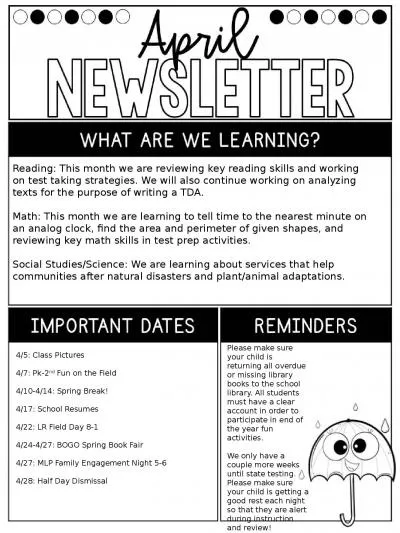PDF-Reading skills
Author : trinity | Published Date : 2021-02-11
1 Reading behaviours frequency Affective processes ROGO Index Read On Get On was launched in 2014 by a coalition of charities and education organisations committed
Presentation Embed Code
Download Presentation
Download Presentation The PPT/PDF document "Reading skills" is the property of its rightful owner. Permission is granted to download and print the materials on this website for personal, non-commercial use only, and to display it on your personal computer provided you do not modify the materials and that you retain all copyright notices contained in the materials. By downloading content from our website, you accept the terms of this agreement.
Reading skills: Transcript
Download Rules Of Document
"Reading skills"The content belongs to its owner. You may download and print it for personal use, without modification, and keep all copyright notices. By downloading, you agree to these terms.
Related Documents

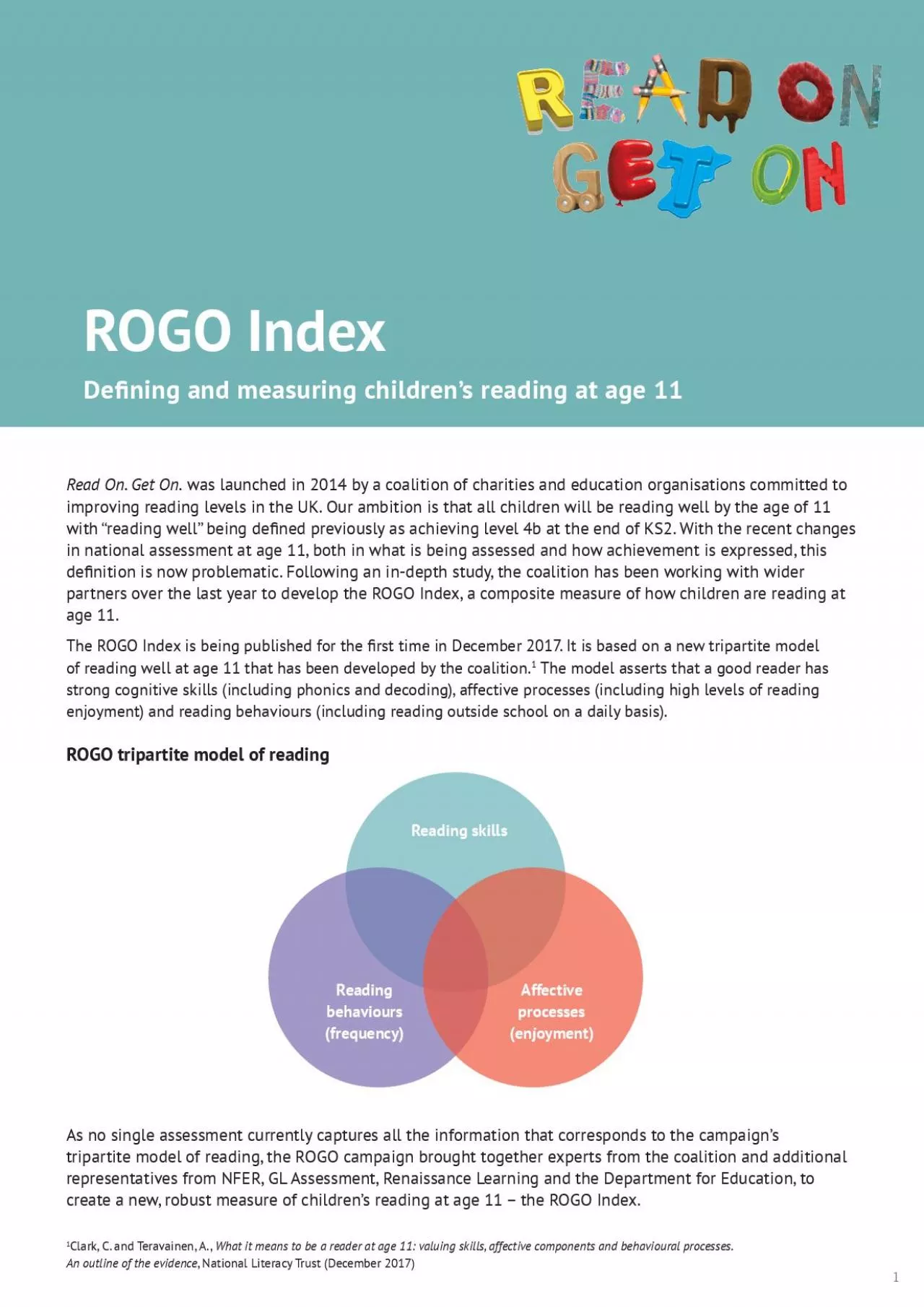


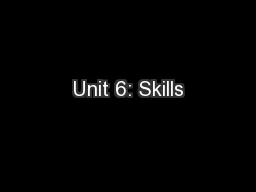
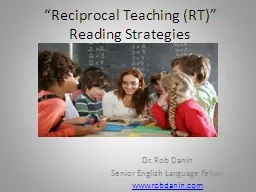


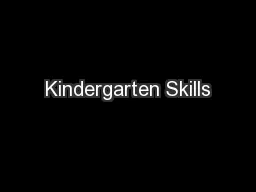
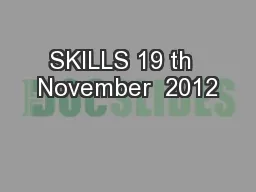
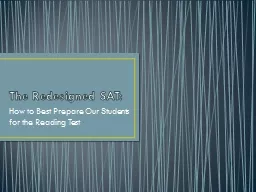

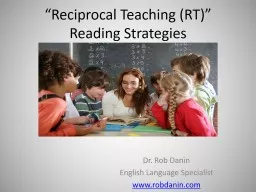
![[EPUB] - Mastering Essential Math Skills Problem Solving (Mastering Essential Math Skills):](https://thumbs.docslides.com/901218/epub-mastering-essential-math-skills-problem-solving-mastering-essential-math-skills-mastering-essential-math-skills-20-min.jpg)
